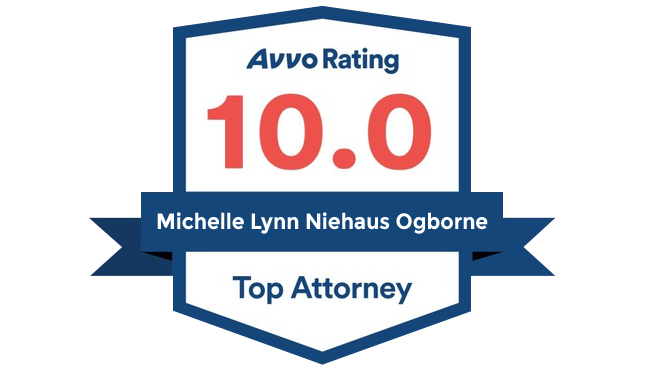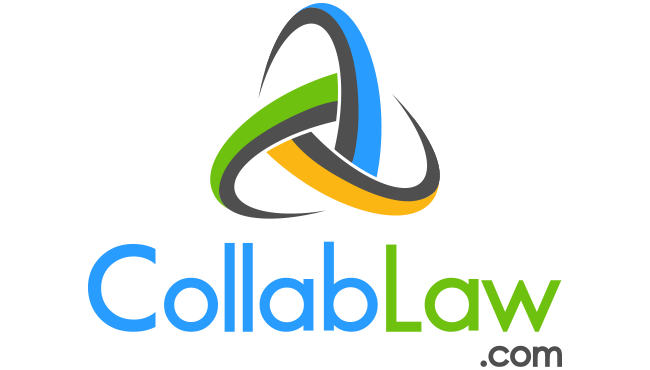Mediation Inside Collaborative Divorce
When it comes to divorce, you essentially have three options: litigation, mediation, or collaboration. Litigation is the standard court-and-attorneys approach. Mediation is where you and your spouse talk through everything with a mediator.
Collaborative divorce is when the couple works together with attorneys, mediators, communication coaches, and financial advisors to address all aspects of dissolving a marriage. So what’s so great about a collaborative divorce?
What Is Mediation?
In the state of Arizona, the court system suggests that your first route when going through a divorce is to utilize mediation. If you can talk out the specifics, then you’re less likely to use the state’s resources in a court battle.
So you have two choices in a traditional mediation divorce. One, use the state-appointed mediation services. Or two, find a private mediator. Apart from your costs, they should have similar training and be able to provide the same kinds of services.
It was nice to avoid court initially by going through mediation. But with an unwilling ex-husband, it made it challenging down the road because every time we had disputes we had to go through mediation again. Our communication never improved, and even multiple sessions of post-decree mediation, we still ended up in court more often than not. — Susan
So if you’re both willing, involved, and good communicators, then mediation can be an excellent way to handle a divorce. You should also both employ your own attorneys for private counsel to get legal support on what’s in your best interest.
Unfortunately, for many couples, communication is not their strong suit. They have a very challenging time agreeing on much, even with a skilled mediator.
How Collaborative Divorce Differs
Since most litigators understand the powerful difference mediation can make, they will more often than not support its use. But they also know a couple must be willing and open for mediation to be effective. The divorcing individuals need to know how to communicate as they make this transition from married to divorced.
That’s where collaboration can make all the difference.
We really appreciated the entire process associated with a collaborative divorce. Divorce is stressful, but we felt armed to face the challenges and supported while we did so because of our team. And it was even better to have our children involved in the process. They felt like things weren’t happening to them but with them. — Rafael
In a collaborative divorce, there is a mediator, but there is also a communication coach, attorneys, and financial advisors as part of the collaborative team. Before and during mediation, the communication coach can help the couple listen and share their emotions better.
And yes, other family members are incorporated into the collaborative process. After all, divorce doesn’t just change Mom and Dad. It changes the entire family dynamic, and children need a place in that transition.
Mediation + Collaboration = A Complete Process
While mediation can live on its own as a viable way to move through divorce, for families that want to make a lasting, supportive change and who understand divorce doesn’t end a family as much as it transforms it, a collaborative divorce is the only way to go.
Working with your team and each other you learn more about the value of your relationship. Together you build something new—and better—than what you had before.
If you are considering a divorce and want to create something rather than destroy something, then collaborative divorce may be the perfect solution.
Engaging with an attorney to protect your family is never an easy step. Whether you need to protect your family from the unthinkable or restructure your family through collaborative divorce, we’re here to help. When you’re ready to schedule a consultation with Michelle Ogborne, please visit the scheduling page to get started.







